Do you have a question about the Jacobsen Fairway 405 and is the answer not in the manual?
| Brand | Jacobsen |
|---|---|
| Model | Fairway 405 |
| Category | Lawn Mower |
| Language | English |
Machine identification details: name, serial number, year, weight, and engine power.
Recommendations for stocking common maintenance items and their part numbers.
Guidance on navigating and understanding the parts manual, including item numbers and ordering.
Guidelines for safe operation, ensuring operators are trained and understand the machine.
Importance of maintaining legible safety labels and replacing missing or damaged ones.
Pre-start checks including brakes, neutral gear, guards, and bystanders.
Checks for good working order, blade security, safe driving practices, and awareness of surroundings.
Instructions for securely fastening cutting units and driving with consideration for conditions.
Procedures for safely parking the machine, stopping the engine, and disengaging drives.
Precautions for operating on slopes, including speed, turns, and avoiding steep inclines.
Safety steps to follow when clearing blockages from cutting cylinders.
General safety advice for performing adjustments, lubrication, and maintenance tasks.
Explanations of DANGER, WARNING, CAUTION levels and specific hazard alerts.
Details on engine type, model, speed, oil capacity, fuel, and electrical start.
Information on frame, drive, transmission, speeds, steering, tyres, brakes, and capacities.
Key measurements including width, length, height, and weight of the machine.
Data on whole-body and hand-arm vibration levels according to ISO standards.
Specific guidance on slope limitations and calculation methods for safe operation.
Specifies the correct engine oil, hydraulic oil, and grease types for the machine.
Metrics for cutting performance based on knife count and speed.
Specifies the cutting area coverage per hour at a given speed.
Torque values for various metric and imperial threads used in assembly and maintenance.
A comprehensive chart detailing daily, weekly, and periodic maintenance tasks.
Procedures for changing engine oil and oil filter at specified intervals.
Identifies key points for weekly lubrication with specific grease types.
Procedures for changing hydraulic oil and filter at 600-hour intervals.
Locations and pressure specifications for hydraulic system testing and diagnostics.
Procedures for fuel system maintenance, water separator draining, and air bleeding.
Procedures for changing the fuel filter and cleaning/replacing the air filter.
Tasks include battery checks, safety interlocks, tyre pressure, and regular service.
Procedures for changing hydraulic oil, filter, and coolant at the end of the season.
Information on factory-set speeds and the consequences of adjustment.
Procedure for adjusting the toe-in alignment of the rear wheels for proper steering.
Steps to verify and adjust steering balance and ensure proper contact points.
Procedure for adjusting the fan belt tension on the alternator for optimal performance.
Steps to adjust foot brakes and parking brake bands for even locking and to prevent dragging.
A chart detailing common symptoms, possible causes, and recommended actions for issues.
Diagram illustrating the hydraulic system components, their connections, and flow.
Diagram showing the main electrical wiring, components, and their layout.
Diagram detailing electrical circuits for the instrument panel, controls, and gauges.
Identification, location, and wire colors for fuses, relays, diodes, and control modules.
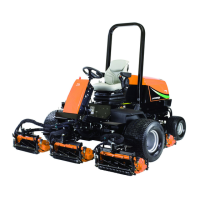


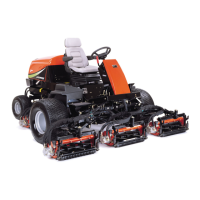



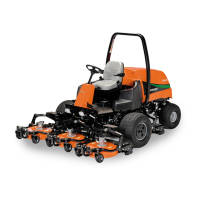

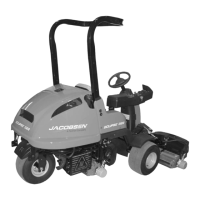
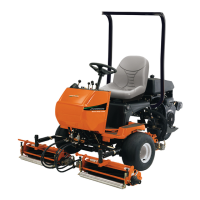
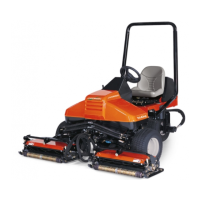
